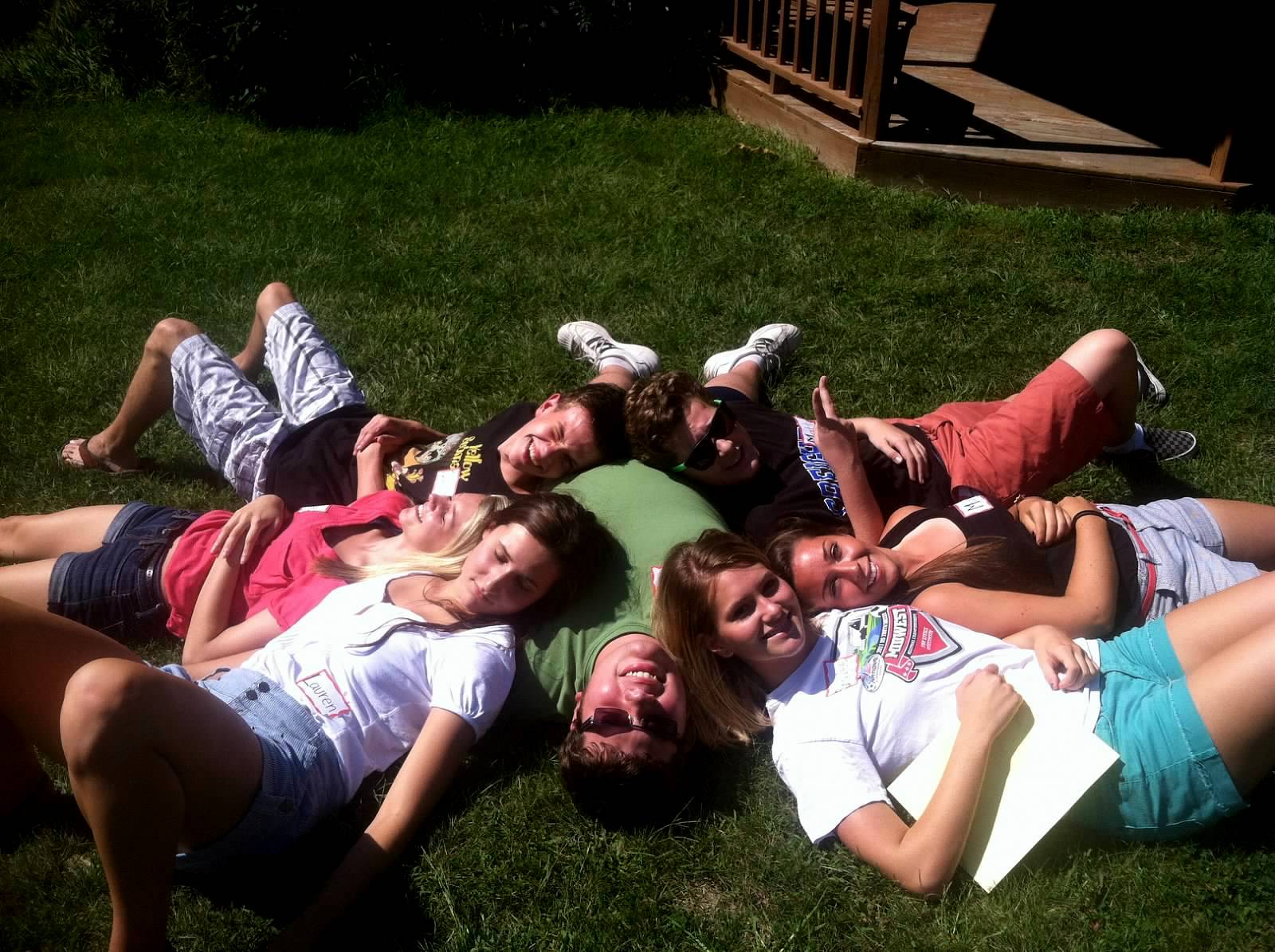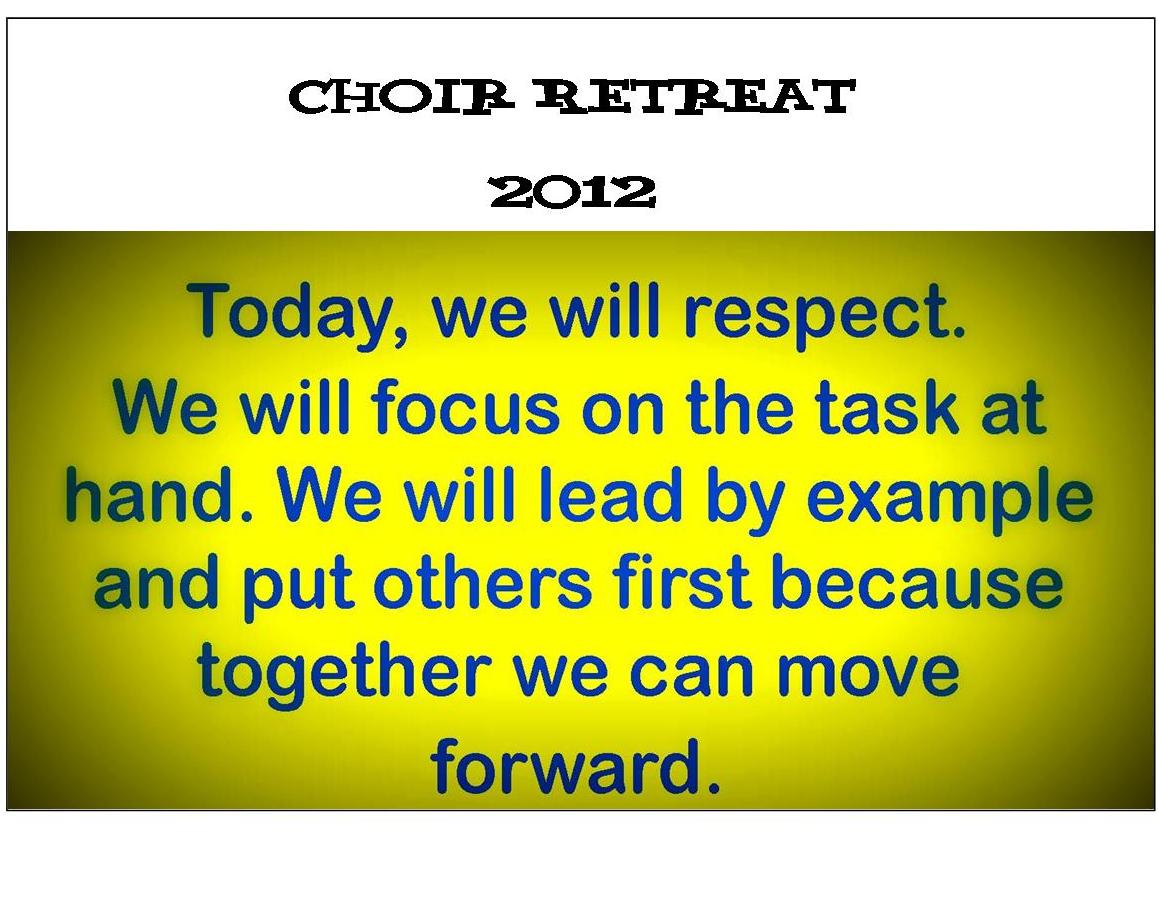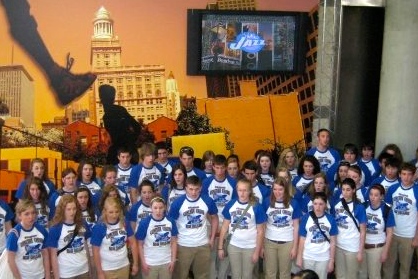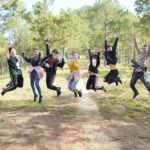I don’t know how you feel about the fall season, but for me, living in South Dakota in the fall can be delightful for many reasons. Not only does the weather provide us with warm days and crisp, cool nights, the smell of harvested grains as you drive by a dried corn field can tickle your nose and observing the change in fall leaf colors can be candy to your eyes.
Along with those changes also comes the migration of huge flocks of geese traveling south for the winter. It’s a breathtaking sight to see and hear large white flocks of geese as they pass overhead, proudly honking loudly signaling their encouragement of each other. It wasn’t until I became more familiar with Milton Olson’s Five Lessons from Geese that I found myself observing the flight of geese through a different lens. Fall becomes a perfect time to delve more into these Five Lessons.
In my September 8th writing, I spoke of how I used Milton Olson’s Five Lessons from Geese in a Level 3 community building/goal setting exercise. This is a great exercise for a higher level and focused group. I demonstrated how to start dialogue and complete an activity sharing what the singers learn from the initial statement and what the sequential lesson can teach us – Lesson #1. Let me refresh your memory of the statement and lesson.
STATEMENT 1 – As each bird flaps its wings, it creates an “uplift” for the bird following. By flying in a “V” formation, the whole flock adds 71% greater flying range than if the bird flew alone.
LESSON 1 – People who share a common direction and sense of community can get where they are going quicker and easier because they are traveling on the thrust of one another.
With the rest of the statements and their lessons, it becomes easy to take 10 -15 minutes to first refresh the singers memory of what they heard earlier and then to continue to build with lesson 2, 3, 4 or 5. I would suggest taking one lesson a week, reading the statement and giving the opportunity for singers to respond with what they feel the lesson is saying. There is never a wrong answer but don’t spend too much time waiting for a response that similar to what’s on the paper. Go ahead and read the lesson getting the singers familiar with the lessons. Once you’ve gone through all five statements and lessons, take 30 minutes (another day and time) to complete another Level 3 goal setting activity. Begin by handing out a paper with all the statements and lessons. Discuss why these lessons altogether are important and can be applied to their choir. Place the choir into small groups of 6 or 7. Within the group ask the singers to discuss which lesson they believe is the hardest for them to achieve and why. Pick one singer to report for the group and write each group’s conclusion on the board. I don’t have to tell you that if you have many groups lifting up the same numbered lesson, it becomes a statement you need to discuss with your singers to find out what the singers can do to change this behavior. For this writing we will say that several groups have come up with the same concerns. “What can we, as choir members, do to change/fix this behavior?” Write down all suggestions, paring them down to 2 or 3. The purpose of this activity is to get the choir to agree on one or two statements that can help remedy the lesson they struggle with. “Can you as singers commit to these statements and work to make your choir better?” As you end your activity, ask the singers to reflect on what lesson they individually struggle to meet. This could be a discussion for another time…
- STATEMENT 2: Whenever a goose falls out of formation, it suddenly feels the drag and resistance of trying to fly alone and quickly gets back into formation to take advantage of the “lifting power” of the bird immediately in front.
- LESSON 2: If we have a much sense as a goose, we will stay in formation with those who are headed where we want to go. We are willing to accept their help as well as give ours to the others.
- STATEMENT 3: When the lead goose gets tired, it rotates back into the formation and another flies at the point position.
- LESSON 3: It pays to take turns doing the hard tasks and sharing leadership. With people, as with geese, we are interdependent on each others’ skills, capabilities, and unique arrangements of gifts, talents, or resources.
- STATEMENT 4: The geese in formation honk from behind to encourage those up front to keep up their speed.
- LESSON 4: We need to make sure our honking from behind is encouraging. In groups where there is encouragement, the production is much greater. The power of encouragement (to stand by one’s heart or core values and encourage the heart and core of others) is the quality of honking we seek.
- STATEMENT 5: When a goose gets sick or wounded or shot down, two geese drop out of formation and follow it down to help and protect it. They stay until it is able to fly again or dies. Then they launch out on their own, with another formation. Or catch up the flock.
- LESSON 5: If we have as much sense as geese we too will stand by each other in difficult times as well as when we are strongest.








